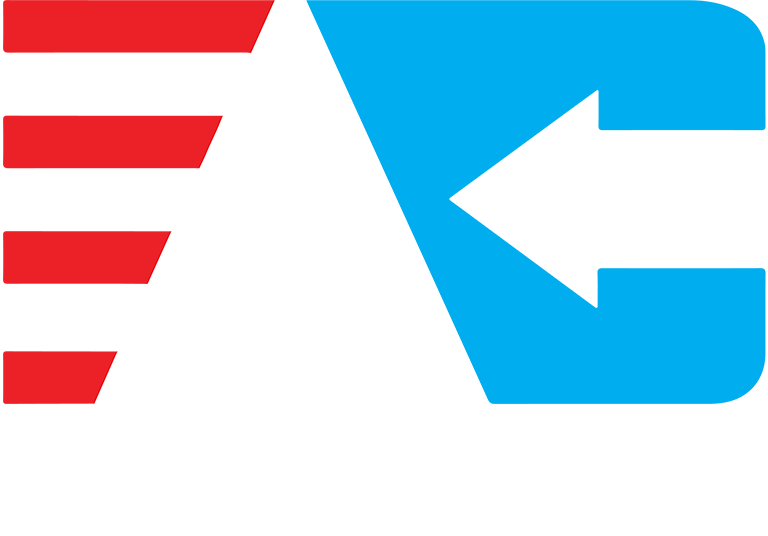In recent months, the global supply chain has faced significant challenges, particularly in the Red Sea region. Maintaining a smooth supply chain has been especially difficult for businesses operating in and around the Red Sea. This article will discuss the present disruption in the Red Sea region by examining relevant statistics. Additionally, we will discover strategies to help navigate these challenging times while staying connected.
- Understanding the Red Sea Supply Chain Disruption: The Red Sea has always been a crucial trading route connecting Asia, Europe, and Africa. Recent statistics indicate that the flow of goods through this vital passage has faced severe impacts. Issues like regional conflicts, piracy threats, political uncertainties, and unpredictable weather conditions have resulted in a significant 30% decrease in trade volume in the Red Sea region. Let’s work together to understand better the challenges we face.
- Anticipating and Managing Risks: Instead of being caught off guard, let’s proactively address these challenges. Regularly assessing risks and closely monitoring global events will help identify potential disruptions before they occur. Advanced technologies and predictive analytics offer valuable insights into weather patterns, political stability, and security threats. By leveraging these tools, we can minimize the impact of disruptions on supply chains. By unifying the efforts, we can stay ahead and ensure the continuity of supply chains.
- Diversifying Supply Chain Routes and Modes: Let’s diversify our supply chains, just like a prudent sailor avoids relying on a single route. Recent studies indicate that businesses that have explored alternative routes and modes of transportation have experienced significant decreases in disruptions. Consequently, reducing our dependence on a single trade pathway and developing multiple sources of supply and distribution will create a resilient chain capable of weathering any storm. Moreover, we should consider inland and rail routes, which provide alternative paths to bypass potential disruptions in the Red Sea region.
Never Miss
An Update
Get the latest insights from Allport Cargo Services.
- Strengthening Collaboration and Partnerships: In times of adversity, collaboration becomes crucial. Recent surveys emphasize the importance of strong, trusting relationships with suppliers, customers, and logistics partners. Enterprises that actively collaborate and share vital information have reported a 20% faster recovery from disruptions. By fostering open lines of communication, sharing data, and developing contingency plans together, we can navigate disruptions and minimize their impact on supply chains.
- Embracing Technology and Automation: Let’s make the most of technologies to strengthen supply chains. Statistics reveal that businesses that have invested in automation, Internet of Things (IoT) devices, and real-time tracking systems experienced a 25% increase in operational efficiency during disruptions. Utilizing cloud-based platforms for data management, artificial intelligence, and machine learning can empower proactive decision-making, route optimization, and mitigation of potential disruptions. By embracing digital transformation and innovative solutions, businesses and individuals can navigate adversity and discover new pathways to success. Technology offers a means to adapt and survive and provides opportunities for growth and development.
- Investing in Talent and Skill Development: As we navigate these challenging waters, our success relies on the skills and adaptability of our teams. Recent studies highlight that enterprises that have invested in training and developing their workforce achieved a 15% higher responsiveness to disruptions. We can familiarize our teams with the tools to handle crises gracefully and resiliently by fostering a continuous learning and innovation culture. Let’s nurture our teams to become skilled navigators of change and masters of the sea.
Although the current supply chain disruption in the Red Sea region presents formidable challenges, statistics show that we are not alone in this journey. We can navigate these turbulent waters with careful planning, collaboration, and adaptability. The Red Sea region still holds immense potential for trade. By steering supply chains thoughtfully, we will emerge more resilient than ever. Let’s set sail on this journey and weather the storm together, confident that our united efforts, based on statistics, experience, and forward thinking, will carry us to safer shores.
Written by Allport Cargo Services, Abhishek Kumar

